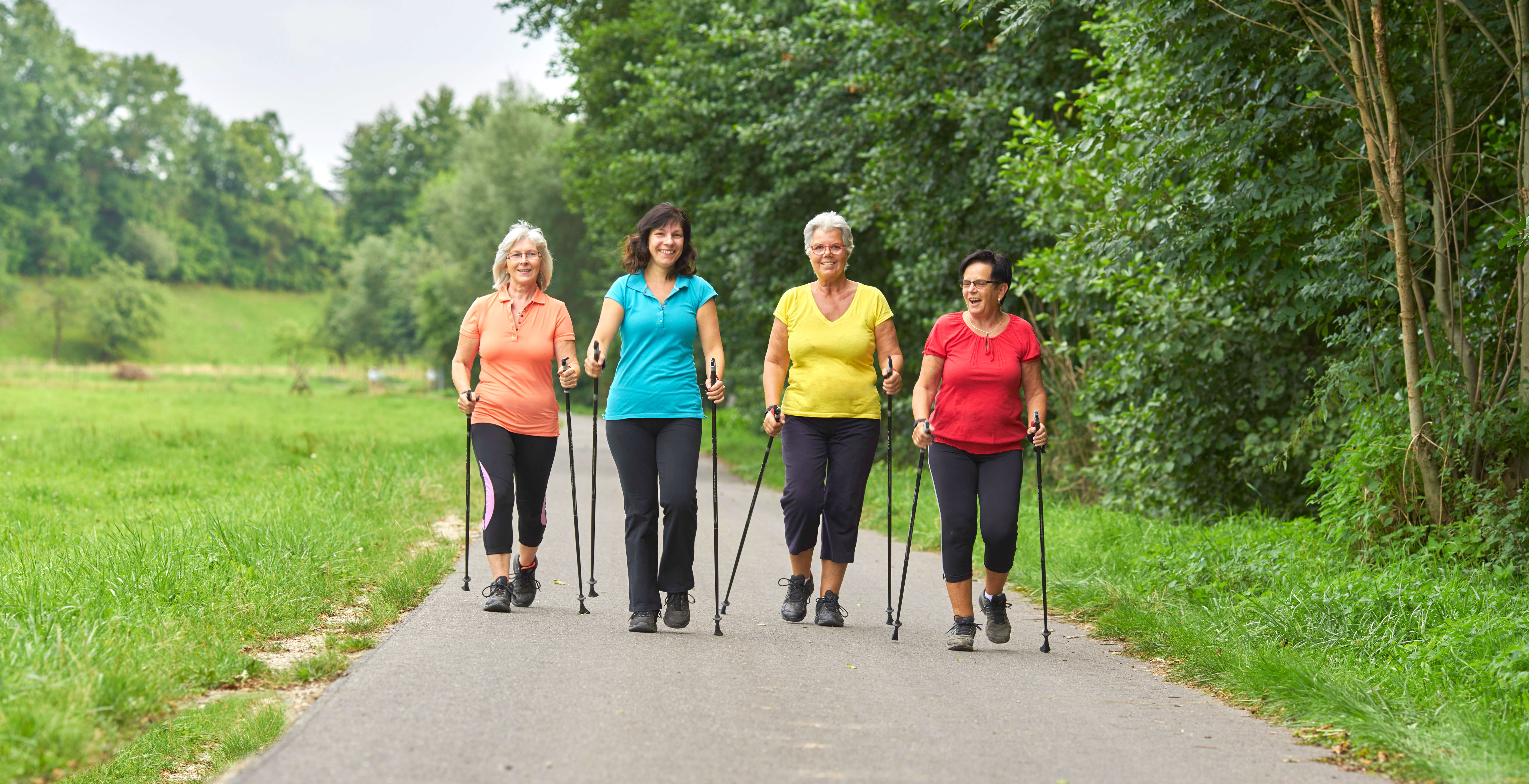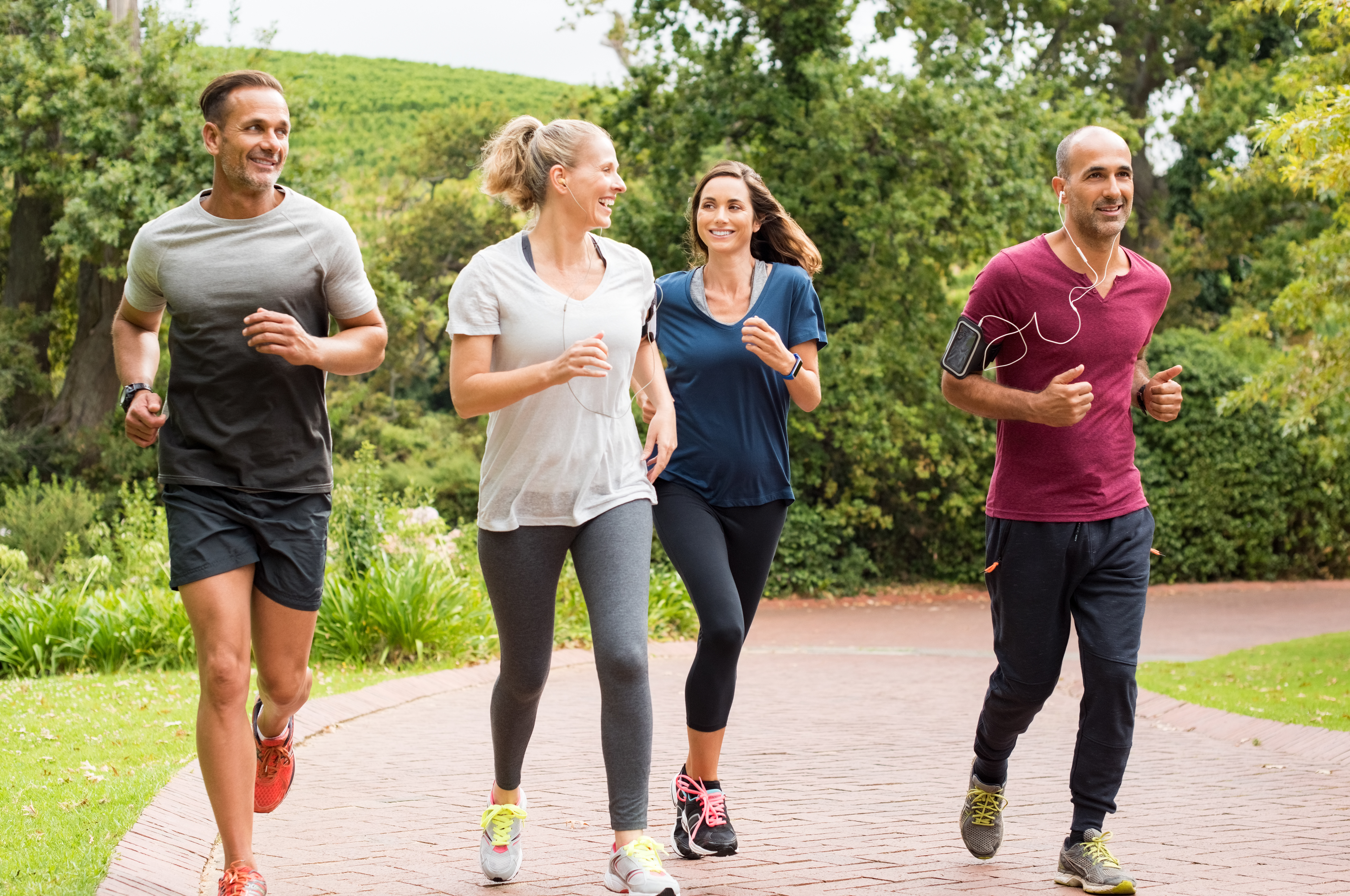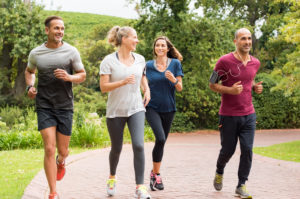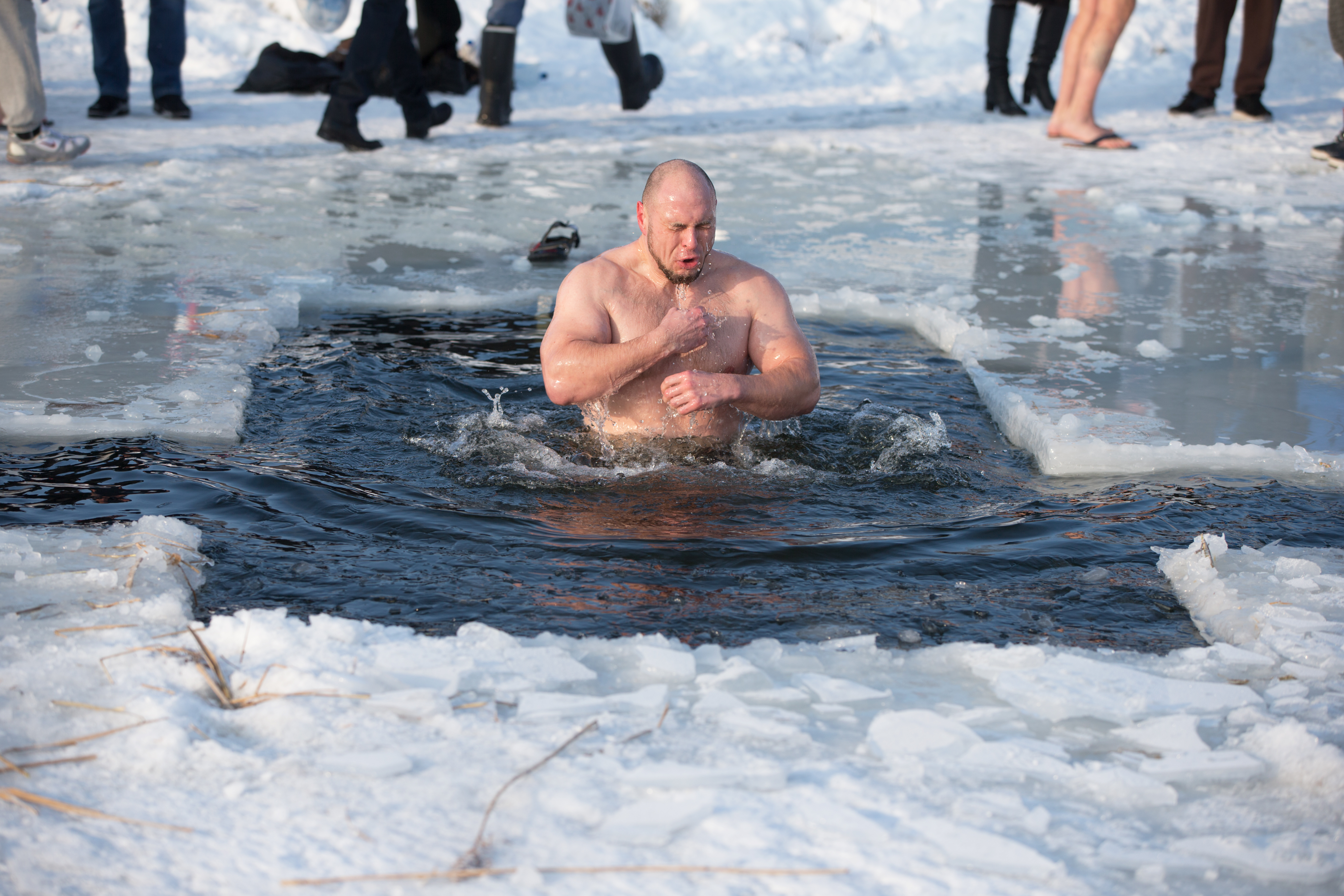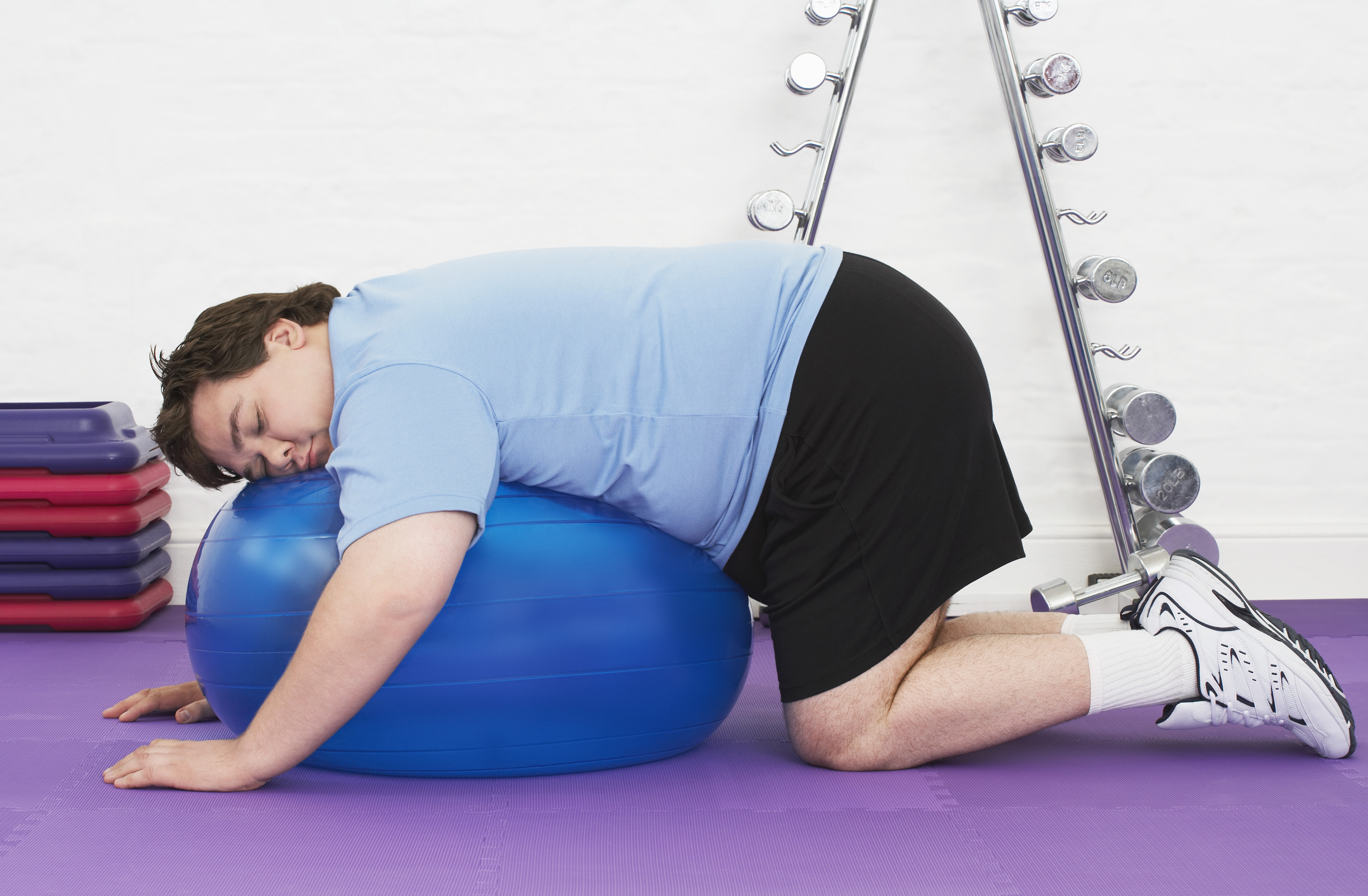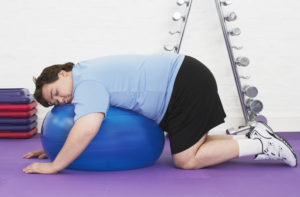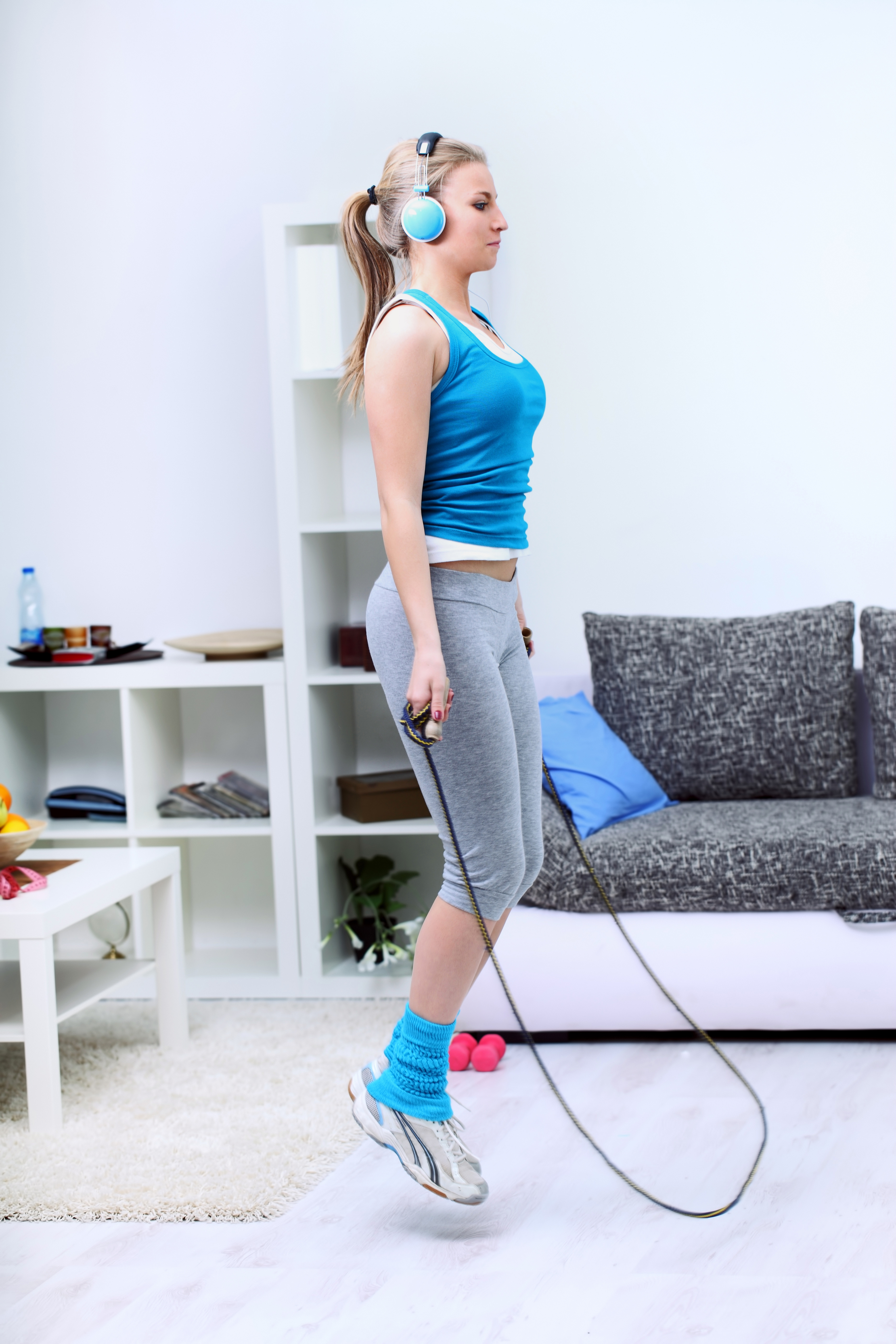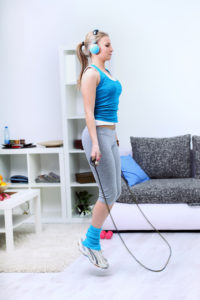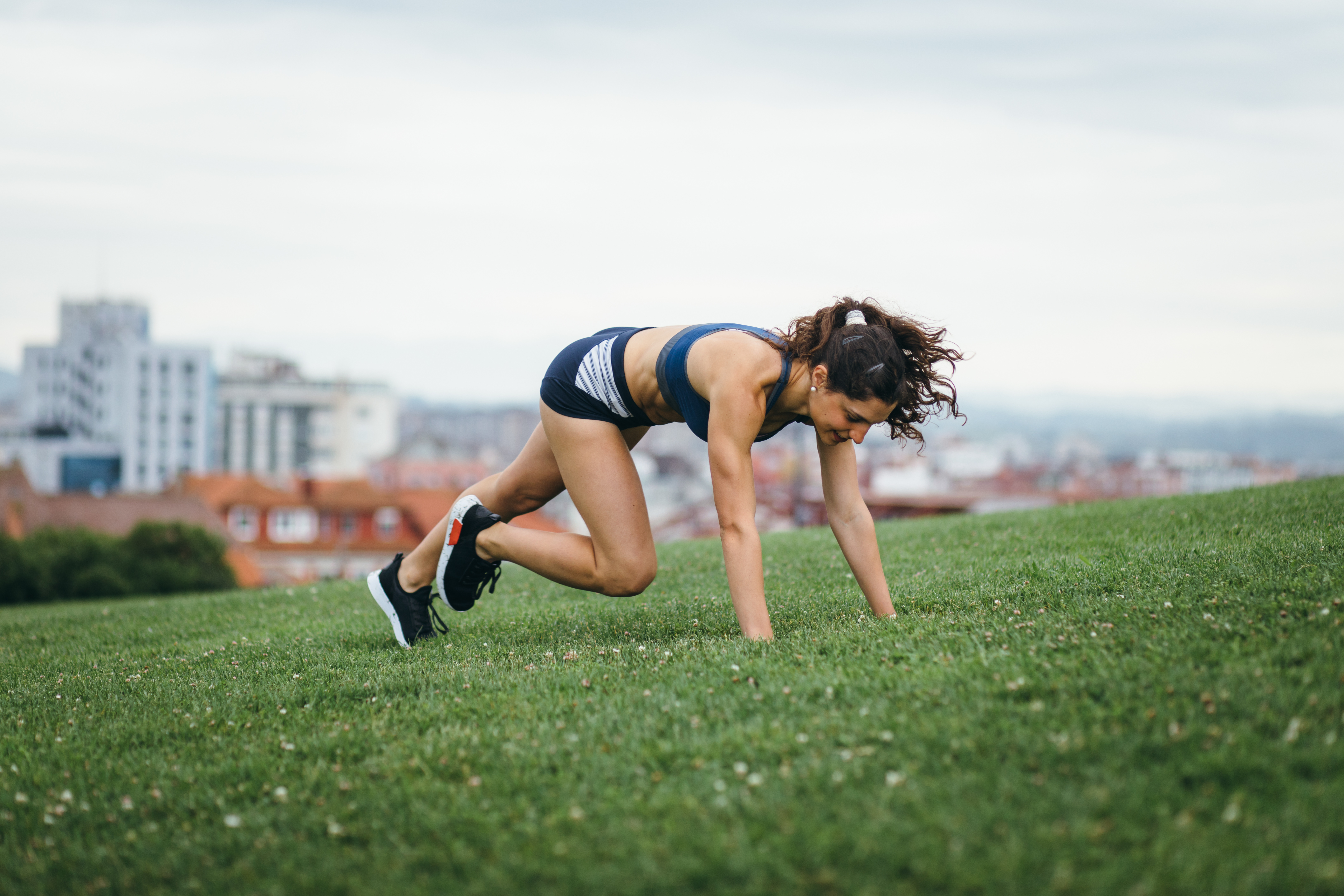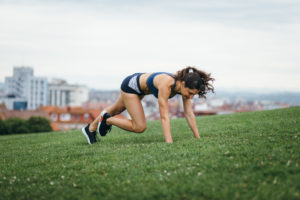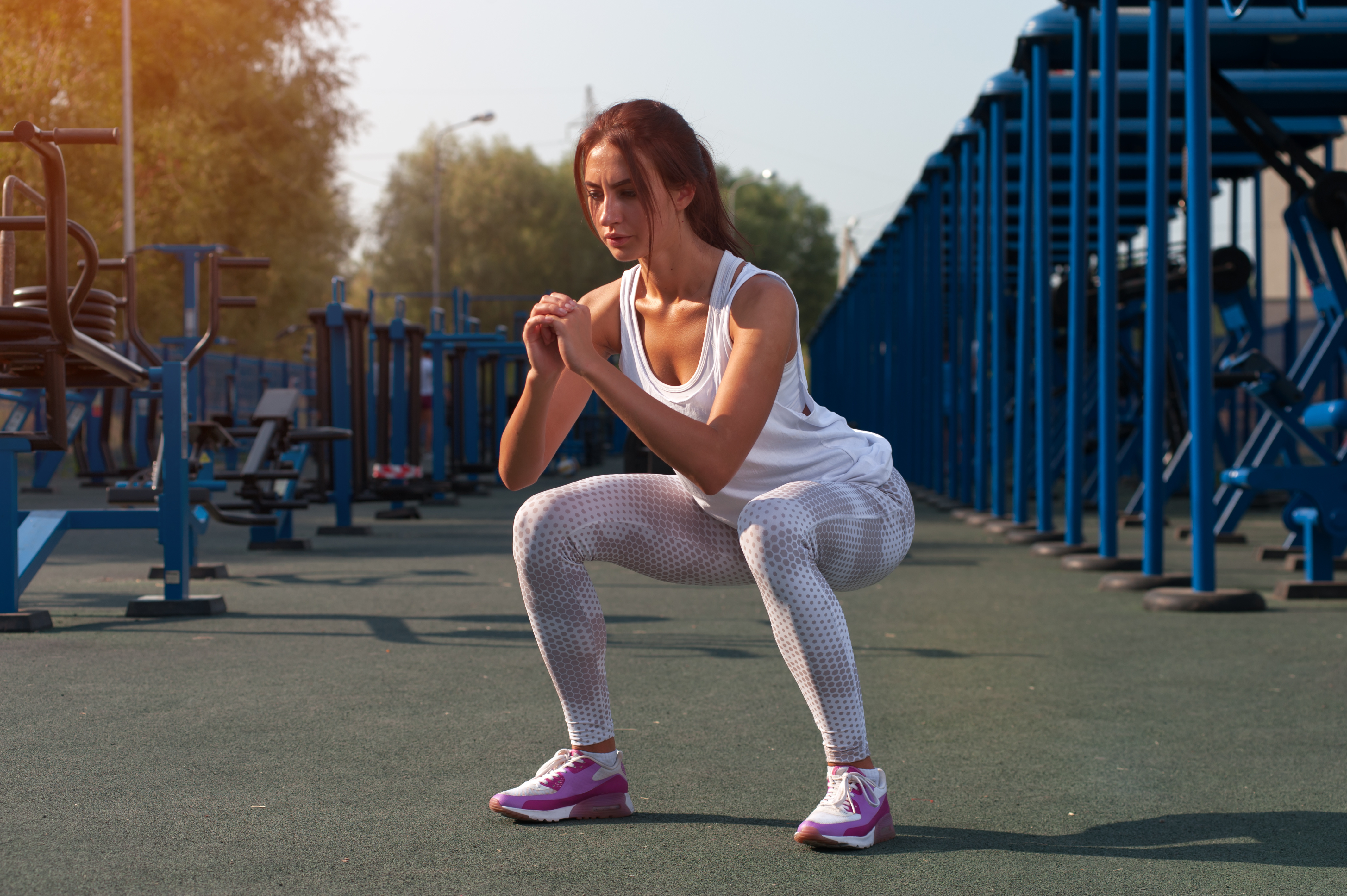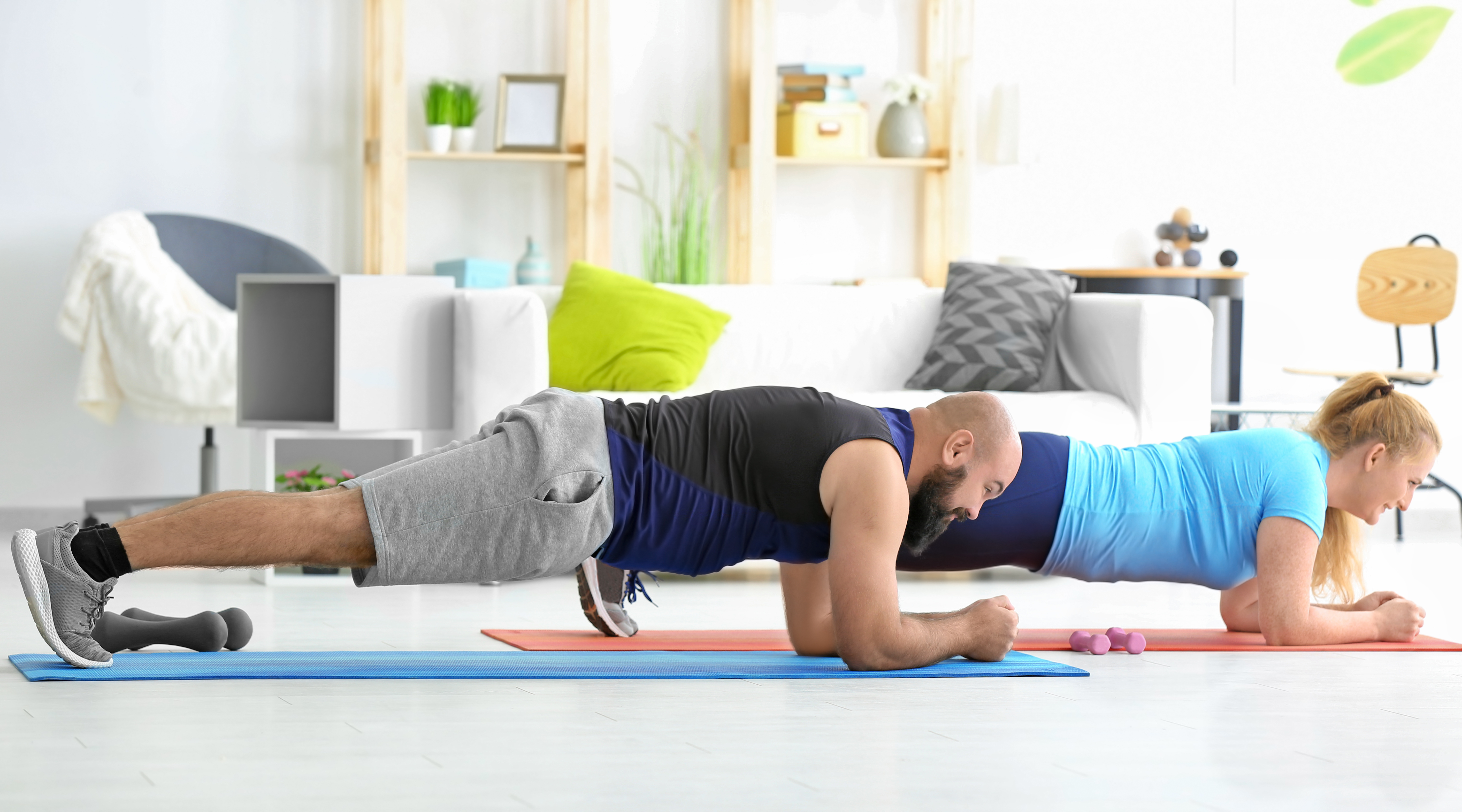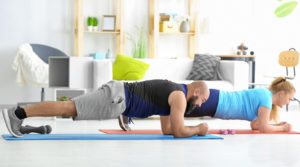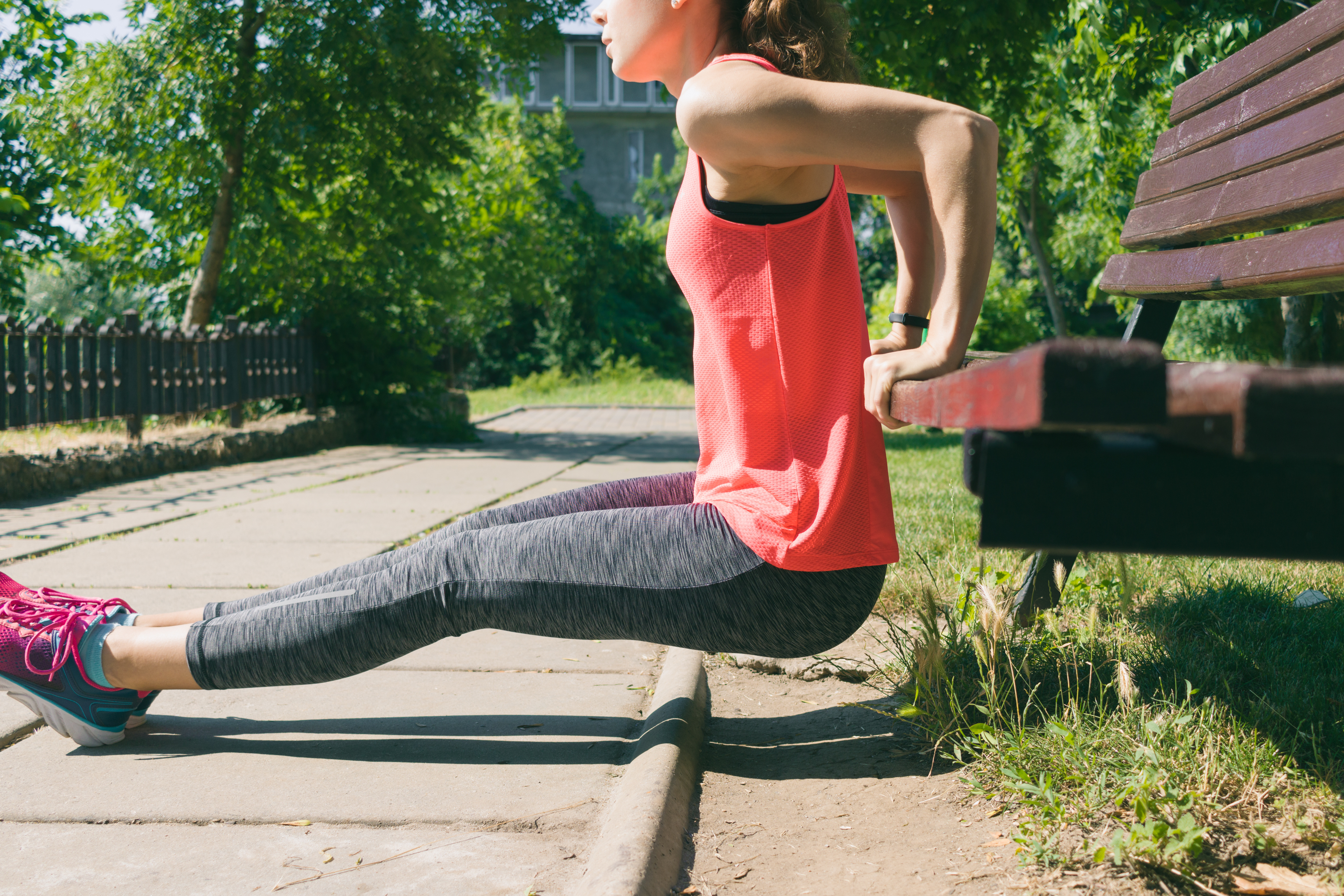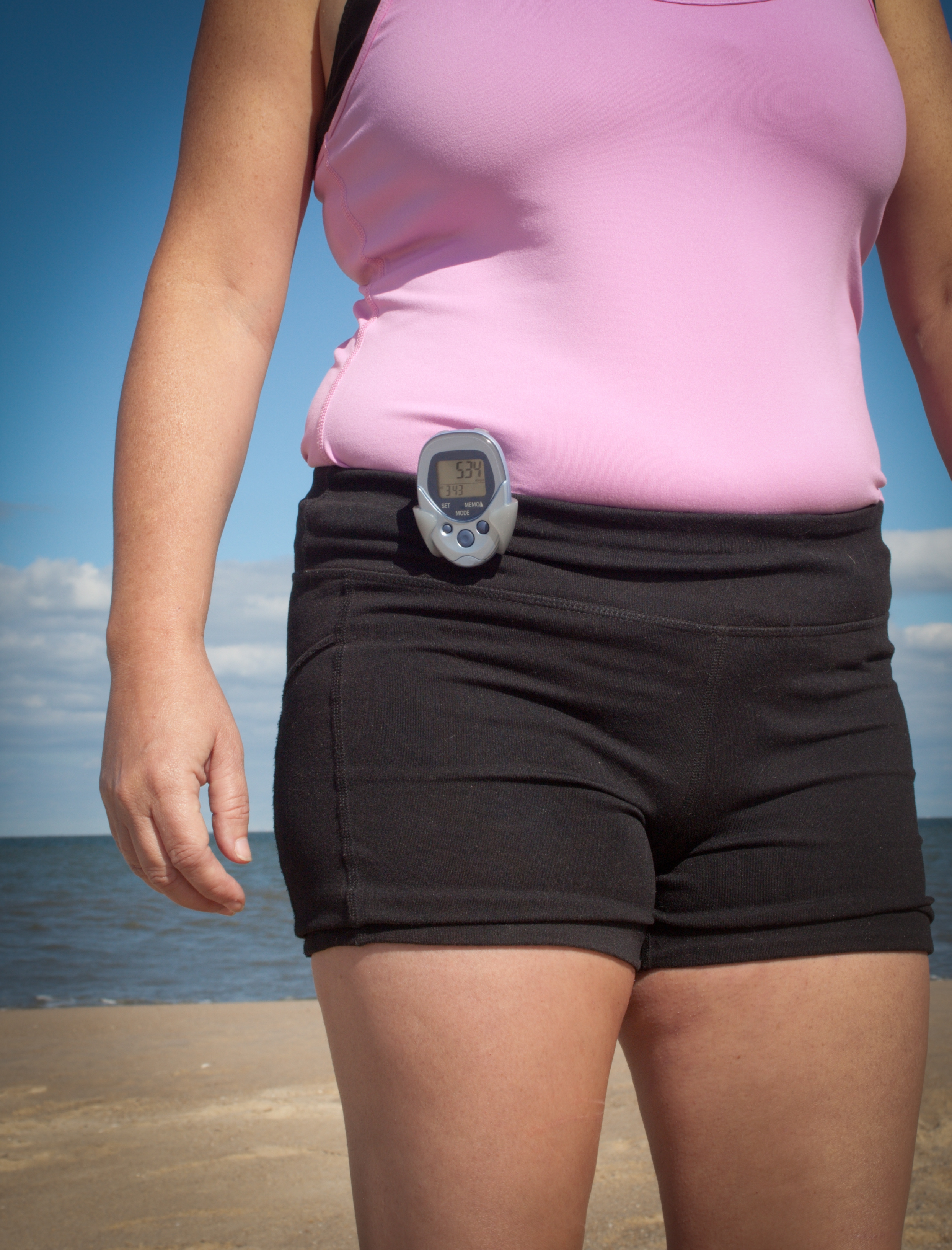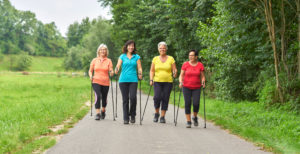
Walking is one of the best exercises for bone strength, cardiovascular health, and weight loss, plus it’s easy and convenient to do. But walking can get boring day in and day out, especially if you follow the same routine. That doesn’t mean you have to switch to a new form of exercise. There are many ways to boost your walking routine so you’ll be energized every day to hit the pavement–and endure. Try these 10 tips, and see how easy it is to give your step more pep:
Alter Your Route
If you stick to the same walking path every day, you’re bound to get bored. Try alternating your route for a more inspiring walk that will get you moving at a quick clip rather than a tired saunter. Find a new trail that’s scenic and diverse, or explore a different roadway or sidewalk. Always keep safety first, though. Avoid busy streets as well as dangerously isolated paths.
Hydrate Well
Sometimes a tiresome walk is simply the result of not being well hydrated. Water does more than satiate thirst; it provides energy and a clear mind to help prepare you for exercise. Hydrate before you head out the door, but also take a water bottle along to sip on while walking. Be sure to empty your bladder before you begin to exercise to avoid discomfort and disruption.
Bring a Peppy but Quiet Partner
Enlisting a walking partner can be a great way to improve your walk, as long as the partner inspires you to exercise at your best. Optimal exercise partners are those who don’t chatter and who share similar fitness goals. Walking with someone who’s even more fit than you can motivate you to work harder. Dogs in good physical shape make excellent walking partners, too.
Invest in a Good Walking Shoe
If your feet aren’t comfortable, walking can be tedious, painful, and unproductive. Don’t let your shoes downgrade your walk. Investing in a good pair of walking shoes is well worth the cost. You’ll keep your feet be happy, be able to move at a faster pace, and endure longer on your walk. For the best results, get fitted for a walking shoe with an athletic shoe specialist.
Get Plugged In
Listening to music has many benefits, including energizing you. Put together a tape of your favorite songs and get some comfortable ear buds for a walk that will lift your spirits and hasten your gait. When listening to music outdoors, be sure to keep the volume at a level that allows you to hear noises on the street. Playing music too loud can harm your ears and threaten safety.
Incorporate Other Movement
All you may need to do to get more bounce in your step is to change it or add a few new steps. Incorporating movement into your walk can increase the intensity of your routine. Try skipping, hopping, or even dancing while you walk. Include arm extensions or circles for variety. Changing the way you move will work other muscles and turn your walk into a workout.
Pick the Morning
Mornings are generally the coolest time of the day, which is important for outdoor walkers because you’ll have more energy exercising in cool weather than the hot sun. But mornings can be the best time to walk indoors, too, since your mind and body are refreshed after a night of sleep. Avoid walking within a few hours of bed; late night exercise can contribute to insomnia.
Satiate Hunger First
Some people prefer to go walking as soon as they get out of bed. But doing any kind of exercise on an empty stomach can be draining and cut your routine short. You don’t need to eat a full meal to get the energy you need for an invigorating walk. In fact, eating a small protein snack like a handful of nuts, cup of yogurt, or banana, is best before beginning exercise.
Dress the Part
All-over comfort has a big impact on how fast you walk. If you’re too cold, too warm, itchy, or painfully aware of your clothing, it will affect the speed and quality of your walk. Wear layers that can be peeled off, choose clothing in comfortable fabrics, and make sure your walking wear is loose fitting and unnoticeable. Dress the part for a brisk, energizing walk, and your chances of getting one will improve.
Choose a Walker-Friendly Surface
Whether you prefer the treadmill, a sidewalk, or a hiking path, make sure the surface is walker friendly. Walking surfaces can make your gait lively or sluggish, depending on the ground condition. Choose terrain that is easy on your feet, while still giving you a challenging walk. Inclines are fine and help boost exercise; just make sure there are no hazards in the way, like rocks or branches.
Use a Walking Pole
You don’t have to be disabled or have an injury to use a walking pole. There are plenty of walking poles on the market that you can use to in your walkout for safety and for fitness. Some of the benefits of using a walking pole are increase calorie burn due to arm movement while using the pole, increase posture and back strength.
Walking is an ideal form of exercise, but don’t just walk the walk. Follow the above tips, and you’ll feel inspired and energized to hoof it as briskly as your feet can go.
